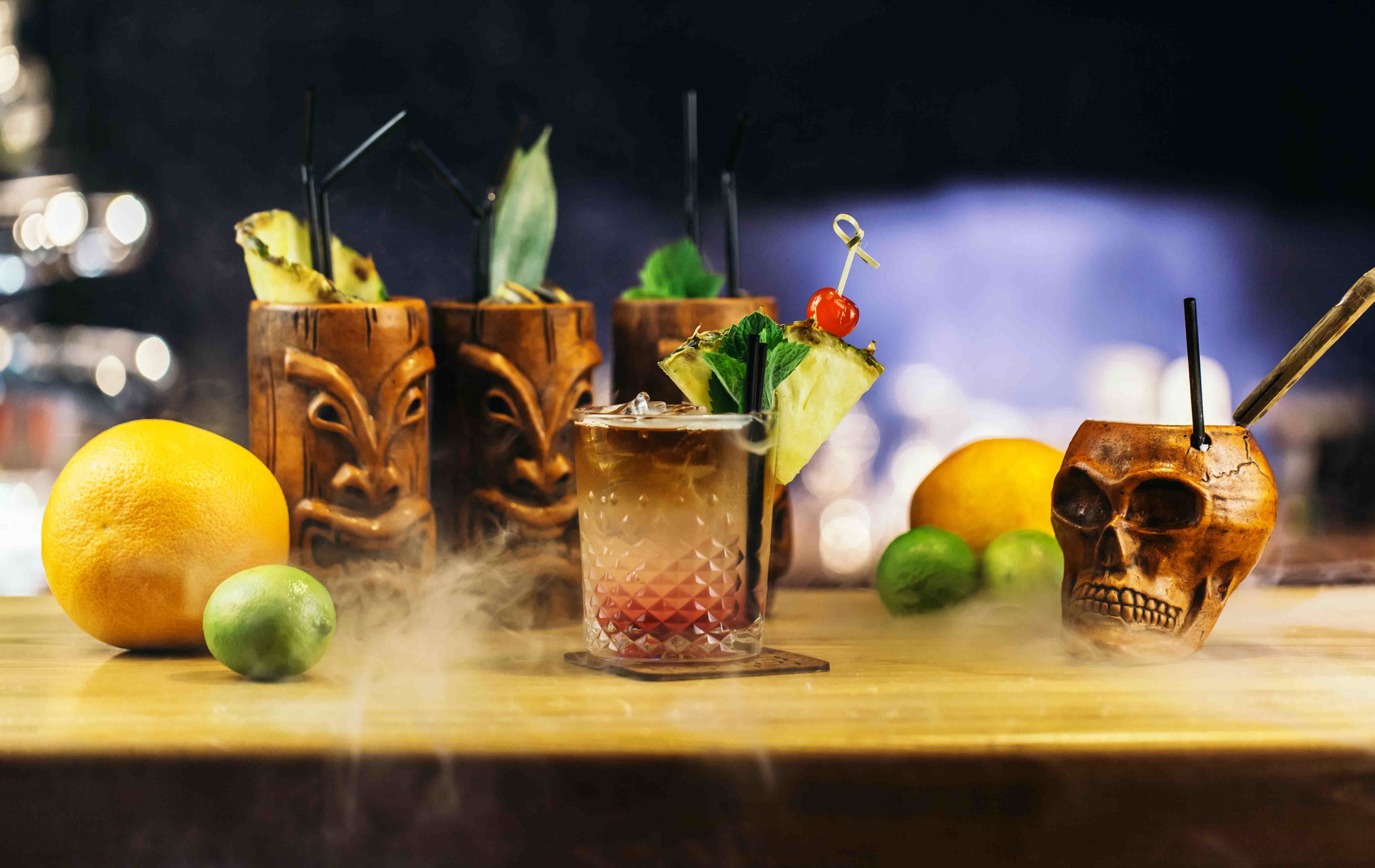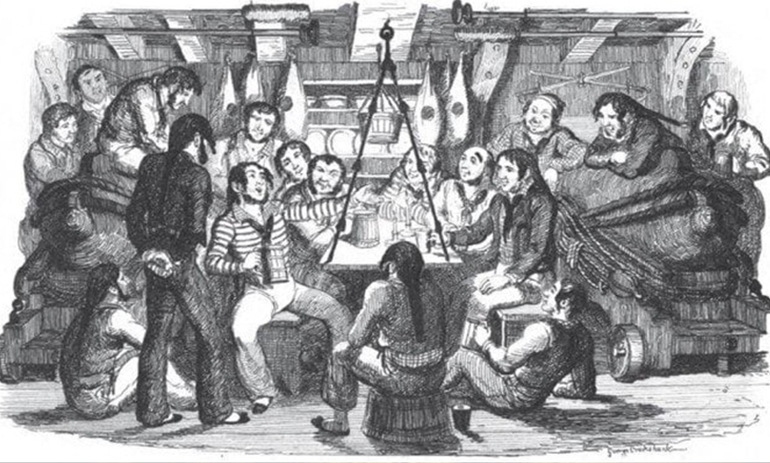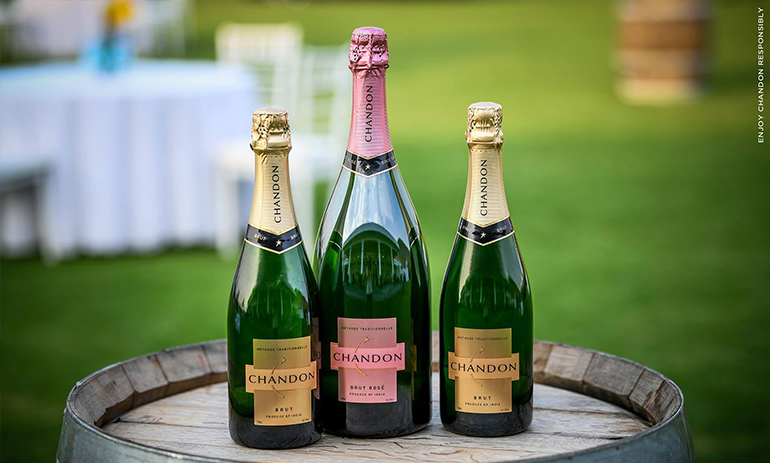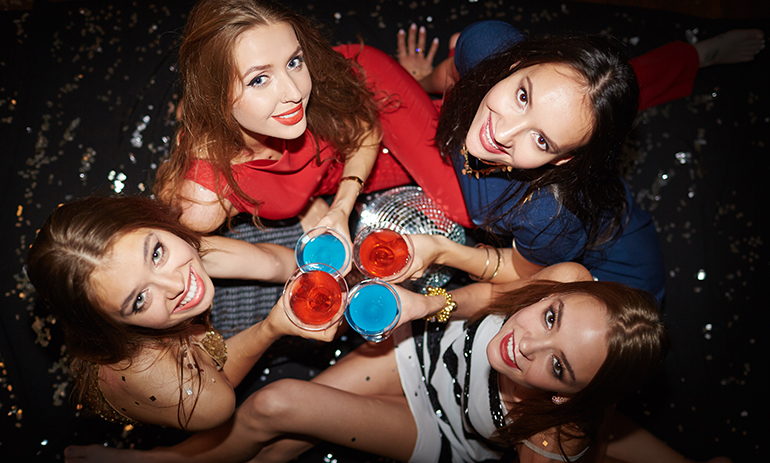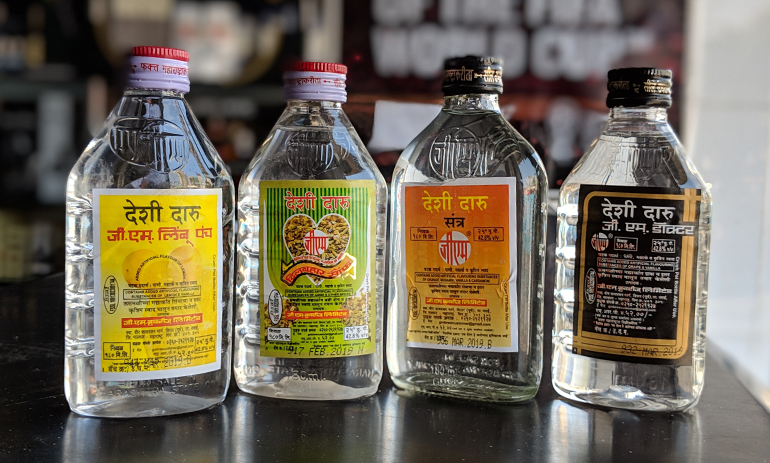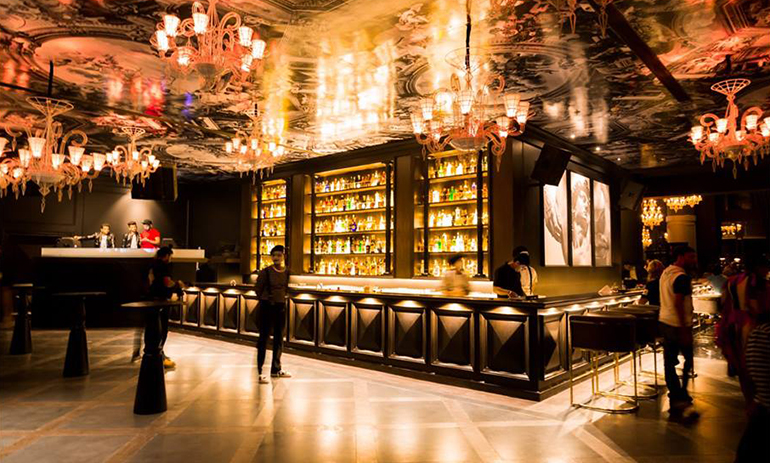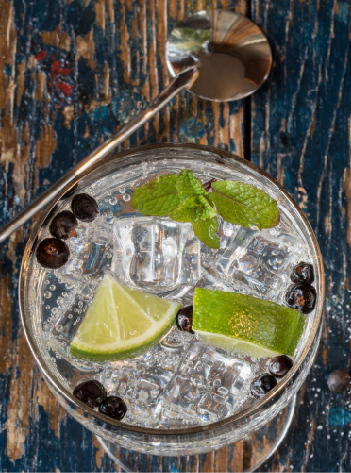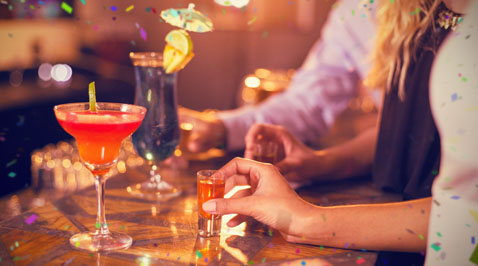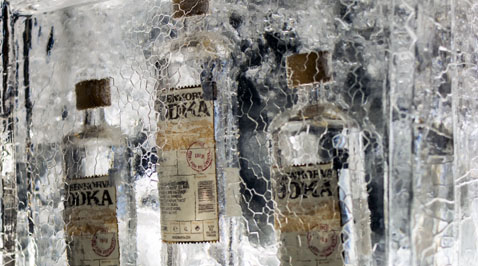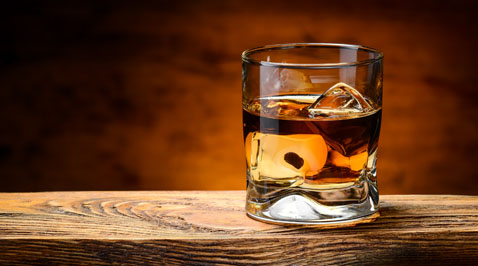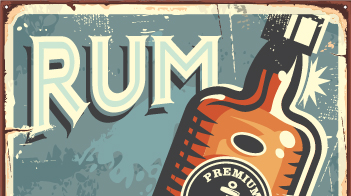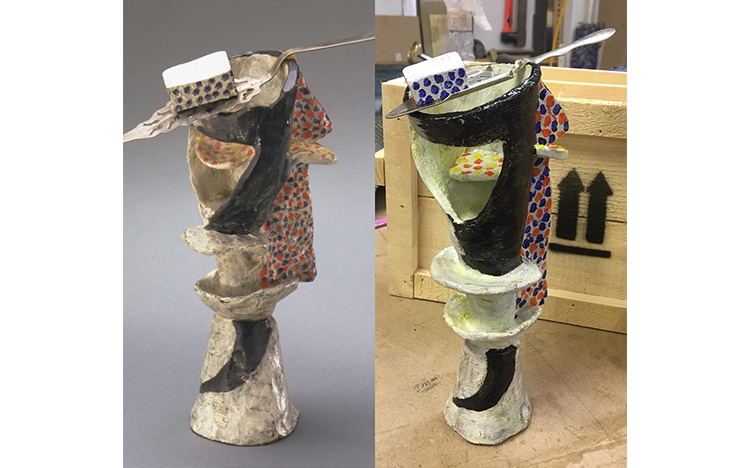
Liqueurs
Absinthe and Modern Art
Abhishek D.
2nd May 2019
“Let me be mad, then, by all means! Mad with the madness of Absinthe, the wildest most luxurious madness in the world!” – Marie Corelli
The madness that shaped a whole century, the cultural veneration that developed into a craze and then trickled down like excess paint on a canvas, the drink became more than just a drink; it became a legend that perforated through an artist’s psyche to produce art beyond a sober mind’s comprehension.
But the story of Absinthe is not just about how the spirit became a muse for a lot of multimodal artists; the story is about how the spirit got made in the first place and then went on to become a fuel for the bohemian artistic engine.
Pablo Picasso: Glass of Absinthe

Image courtesy:https://www.instagram.com/p/Bbyt2hdlRXw/?tagged=picassoabsintheglass
An art piece from the cubism period entwined within the mind of a genius sculptor, this sculpture speaks of transparency and how art pieces devour real elements from its immediate surrounding depicted with the use of a real absinthe spoon surrounded by the sculpted and painted bronze elements.
Vincent van Gogh: The Absinthe Drinker
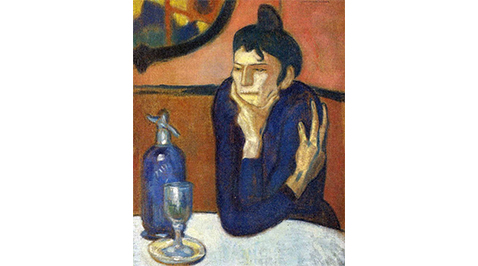
Image courtesy:https://www.instagram.com/p/BbrLoffns35/?tagged=absinthepainting
A frequent Absinthe drinker himself VVG chose this as a subject for his painting to highlight the care taken to serve the aperitif, the painting itself is made in a very intricate manner, the technique is called peinture à l’essence, it involves the use of very thin oil paint and the use of thin brushes. The hues surrounding the figure appear warm while the figure itself is depicted in blue signifying the loneliness.
Jean Francois Rafaelli: The Absinthe Drinkers

Image courtesy:https://www.instagram.com/p/BgbOWQTDFut/?tagged=jeanfrancoisraffaelli
First shown at the sixth Impressionist exhibition in 1881, Jean-François Raffaëlli's "Absinthe Drinkers" represents a location, an activity, and a social type—the banlieue, drinking, and the déclassé—which, when mixed together, offered a volatile cocktail to its original audience an abstract yet . A detailed historical examination of the social significance of these subjects demonstrates that the core meaning of the work resides in its representation of time.
Edouard Manet: The Absinthe Drinker (Re-created)
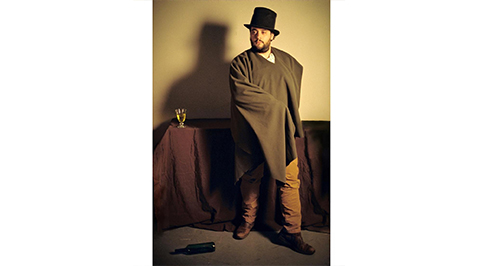
Image courtesy:https://www.instagram.com/p/BnWPKkWlh2S/?tagged=edouardmanet
Near the completion of the painting Le Buveur d'absinthe, Manet showed the work to his former master Thomas Couture. When asked for his opinion, Couture is said to have retorted: "An absinthe drinker! And they paint abominations like that! My poor friend, you are the absinthe drinker. It is you who have lost your moral sense" eventually leading to almost a worldwide hatred towards the paining.
Edgar Degas: In a Café

Image courtesy:https://www.instagram.com/p/BobrOFOlMGD/?tagged=edgardegas
Painted in 1875–76, the work portrays a woman and man sitting side-by-side, drinking a glass of absinthe. They appear lethargic and lonely. The man, wearing a hat, looks to the right off the edge of the canvas, while the woman, dressed more formally in fashionable dress and hat, stares vacantly downward. A glass filled with the eponymous greenish liquid is on the table in front of her. The painting tries to encompass a cultural divide within the people drinking absinthe, rather the impact of Absinthe on the various classes existent during those times.



